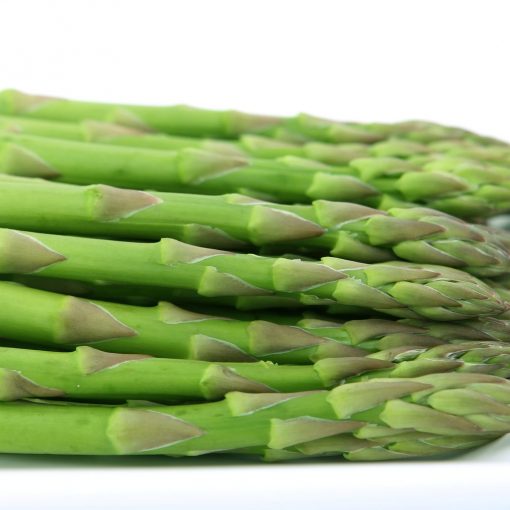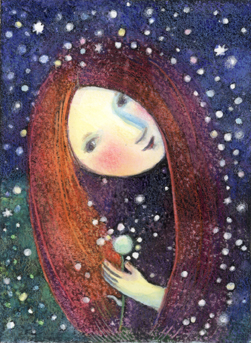So as many of you know I am currently reading “Death by Rubber Duck“, which is a fascinating book written by two Canadian researchers in Montreal, who studied the amount of harmful chemicals inside them – literally in their bodies, just from doing normal things that most of us do. They intentionally did things like spending time in a room with new carpeting (which off-gases), eating lots of tuna, and using normal men’s bath and hygiene products and then testing their own blood to see how the amount of harmful chemicals in their bodies had changed.
The book really made me question the products that I use in my home and how safe they actually are. Wouldn’t it be nice to fully be able to trust that the products that you put on your body and on your kids aren’t linked to cancer, reproductive disorders, severe allergies or asthma?
Ultimately the solution lays in much much stronger laws governing what is allowed in products and how we label them, but in meantime you can made healthier choices for you and your family.
To help you understand more about this issue you might like to read the article below from CBC News, in which scientist, David Suzuki targets the ‘dirty dozen’ toxic ingredients.
The David Suzuki Foundation took aim Tuesday at a “dirty dozen” chemicals that are found in 80 per cent of the most common cosmetic products and urged better labelling laws to help consumers avoid them.
In a report on a chemical survey, the foundation said it got 6,200 volunteers to check the ingredients listed on 12,550 everyday cosmetic products, including shampoo, toothpaste, lipstick and skin cleanser.
The volunteers specifically looked for 12 chemicals the foundation says are linked to cancer, reproductive disorders, severe allergies and asthma.
When the results came in, four out of five products on the list of 12,550 were found to contain at least one of the 12 chemicals, said Lisa Gue, the group’s health policy analyst.
“Our survey results indicate the widespread presence of a ‘dirty dozen’ ingredients in products that we use on our bodies every day,” she said. “Clearly, we need more effective regulatory action to keep these potentially harmful chemicals out of consumer products.”
The foundation says there are several weaknesses in Canada’s cosmetic ingredient labelling. One of the more serious is that Canadian law does not mandate listing all the ingredients that make up the fragrance inside a cosmetic product. The blanket term of “parfum” disguises a cocktail of harmful chemicals, the group says.
“The fragrance loophole clearly fails the sniff test,” Gue said. “Cosmetic manufacturers should be required to specify which chemicals they use as fragrance ingredients, and potentially harmful ingredients should be replaced with safer alternatives.”
More than half the 12,550 products in the survey contained parfum as an ingredient. Some 57 per cent contained more than one of the 12 ingredients, and for 1,006 products, it was impossible to find a complete ingredient list.
Personal care products that are regulated as “drugs” on the basis of therapeutic claims, such as toothpaste with tartar-fighting powers, face cream with a UV rating, or hand sanitizers with bacteria-killing properties, are not subject to labelling requirements for cosmetic ingredients.
The foundation recommends controls over when phrases such as “fragrance free” can be used on labels and says eight of the 12 chemicals in question should be banned outright from use in cosmetics.
Bisphenol-A was the most recent high-profile chemical added to the federal government’s official list of toxic substances. The chemical is found in many plastics and in lining in tin cans, and its toxic designation this month, after years of intense lobbying, will make it difficult to sell anything containing BPA in Canada.
The dirty dozen:
1 – BHA and BHT. Used in moisturizers as preservatives, the suspected endocrine disruptors may cause cancer and are known to be harmful to fish and other wildlife
2 – Coal-tar dyes such as p-phenylenediamine and colours listed as CI followed by five digits. Used in some hair dyes, may be contaminated with heavy metals toxic to the brain.
3 – DEA, cocamide DEA and lauramide DEA. Used in some creamy and foaming moisturizers and shampoos. Can react to form nitrosamines, which may cause cancer. Harmful to fish and other wildlife.
4 – Dibuytl phthalate. Used as a plasticizer in some nail-care products. Suspected endocrine disrupter and reproductive toxicant. Harmful to fish and other wildlife.
5 – Formaldehyde releasing preservatives such as DMDM hydantoin, diazolidinyl urea, imidazolidinyl urea, methenamine, quarternium-15 and sodium hydroxymethylglycinate. Used in a variety of cosmetics. Slowly release small amounts of formaldehyde, which causes cancer.
6 – Paraben, methylparaben, butylparaben and propylparaben. Used in a variety of cosmetics as preservatives. Suspected endocrine disrupters and may interfere with male reproductive functions.
7 – Parfum. Any mixture of fragrance ingredients used in a variety of cosmetics. Some fragrance ingredients can trigger allergies and asthma. Some linked to cancer and neurotoxicity. Some harmful to fish and other wildlife.
8 – PEG Compounds such as PEG-60. Used in some cosmetic cream bases. Can be contaminated with 1,4-dioxane, which may cause cancer.
9 – Petrolatum. Used in some hair products for shine and as a moisture barrier in some lip balms, lip sticks and moisturizers. A petroleum product that can be contaminated with polycyclic aromatic hydrocarbons, which may cause cancer.
10 – Siloxanes: cyclotetrasiloxane, cyclopentasiloxane, cyclohexasiloxane and cyclopethicone. Used in a variety of cosmetics to soften, smooth and moisten. Suspected endocrine disrupter and reproductive toxicant (cyclotetrasiloxane). Harmful to fish and other wildlife.
11 – Sodium laureth sulphate. Used in some foaming cosmetics, such as shampoos, cleansers and bubble bath. Can be contaminated with 1,4-dioxane, which may cause cancer.
12 – Triclosan. Used in some antibacterial cosmetics, such as toothpastes, cleansers and deodorants. Suspected endocrine disrupter and may contribute to antibiotic resistance in bacteria. Harmful to fish and other wildlife.
Information Courtesy the David Suzuki Foundation
I wrote a part 2 to this post, which is includes some resources to help you make better choices. Read Part 2




